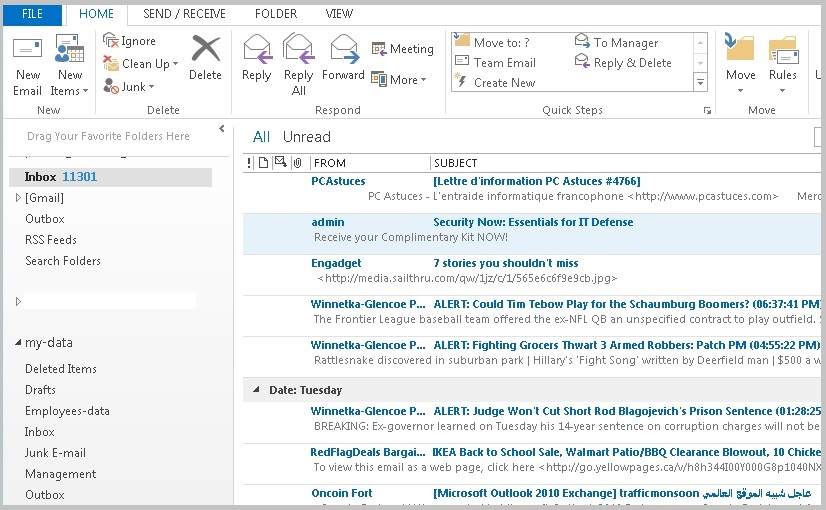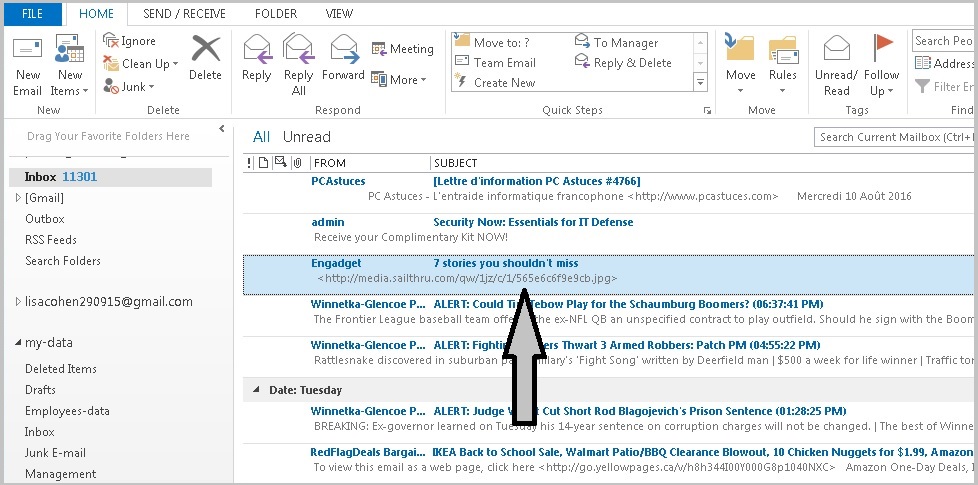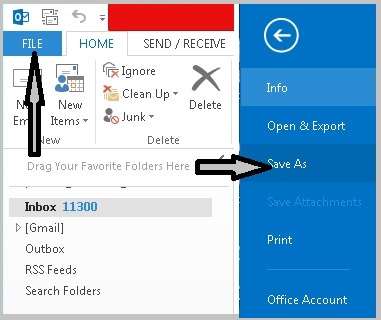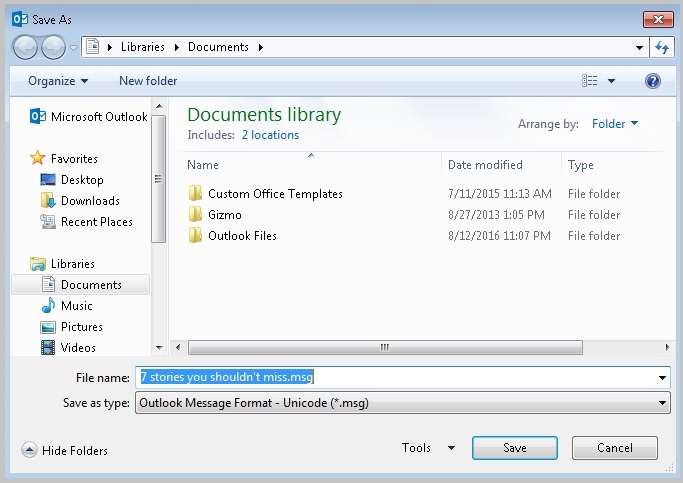What is MSG File?
Introduction
In this article we have summarized the detailed information about MSG file and tried to simplify all issues related to MSG file. MSG files are collection emails, appointments, tasks and contacts stored in the Microsoft Outlook Email Client. It includes complete package of date, sender, recipient, subject, contact information, appointment details, task description, and message body.
Some Interesting Facts about MSG File:
File Compatibilities:
MAPI CompatibleMSG is compatible with all the programs using Microsoft’s Messaging Applications Programming Interface (MAPI) platform.
MSG File Format Type:
MSG also contains Encapsulated email message on Microsoft Windows platform. It is a special method to package information for sending the data across internet. It is also referred as Transport Neutral Encapsulation Format (TNEF).
MSG File Format Specification:-
MSG files are specified on the CFB_3 file format. It stands for Microsoft Compound File Binary of Version 3. It is used for object linking and Embedding. It also contains simplified file system Storage Object and Streaming Object. Storage object track the location and sizes of the child storage object, and on the other side Stream object is comparable to the stream of user defined data stored in consecutive sequence of bytes.
Storage Elements:
MSG files extension have five storage elements:
Adaptation:
MSG files can be accessed in following Microsoft products:
Transparency:
MSG file type can be extracted in binary file parser or Hex Editor tool for analysis of bit by bit data.
How to Extract Data from MSG File Extension?
Following steps describe some ways to extract data from MSG file extension:
Edit MSG file in Outlook:
We can Edit the subject line and message text as well as Time Stamp from a received Message file in Outlook.
Following are the steps to edit a received email message in Outlook in windows using Outlook 2007:
- Double-click on the desired message and open it in new Window
- Choose to select Actions in Outlook 2007
- Select on Other Actions
- Now go to Edit Message in the toolbar make the desired changes in message body and Subject:
- Now Press Ctrl+S to see the changes in MSG file
To make changes in Time stamp:
- Convert the MSG file into to EML format
- Now Edit Date: header in EML file using Notepad or any other text editor tool
- Now again convert it to PST file
Note: Email's recipients (in the To:, Cc: and Bcc: fields) cannot be edited only Subject line and Body text can be edited directly in MSG File Format but by converting it in EML can edit the Time stamp as well ad Email's recipients also. We can proceed to same step in Outlook 2003 and earlier by clicking on "Edit" from the menu bar and then selecting on "Edit Message".
Save Outlook Message in MSG Format
- Open Microsoft Outlook 2010/2013
- Choose the message which you want to save in MSG file format
- After selecting the message, click on File menu and then click on Save As
- Now Browse location for selecting the file
- Type the desired name of new MSG file in File name field
- Click on Save As type drop-down menu then select Outlook Message Format (*.msg)
- Now at last click on Save button. The email will be saved in (.msg) format




Conclusion
In this article we have described about the most common issues and the clarifications of MSG file. We have also described about MSG file type like: its size, specifications, transparency, adaptation, and compatibilities. We have also Suggested a tool to view and extract the data from the MSG file without any installation of email client. The tool name is MSG Extractor. MSG File Extractor is capable to read and preview email message with attachments.